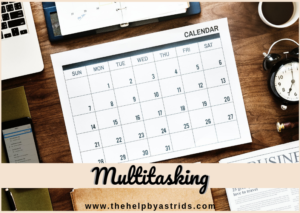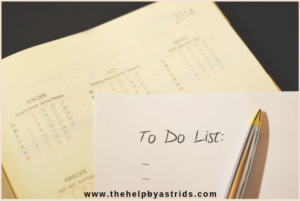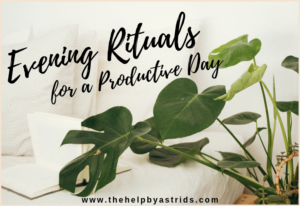
Did you know that multitasking hurts your brain and sacrifices your effectiveness at work? We are all proud of our ability to multitask. Hell, it even holds a special place in our resumes, since it has been long touted as one of the skills that could get people hired. Don’t get me wrong, it is an awesome skill to have. Especially since we’re living in a world full of constant distractions – an inbox full of emails, pings of text and instant messages, post its, multiple open tabs, and free work lunches. Every and all things are constantly vying for our attention. And how to manage our time attending to all of them is one very big challenge
Sure, you can take care of all of it, all at once, right now. Sure! However…you might feel that you’re doing more – and you are – but you are actually getting fewer things done in the long run. So how do you streamline your workload, become more productive, and manage your time well enough to knock out some of the bigger stuff that you should absolutely be focusing on, all while being more efficient at your job? Well, first you stop multitasking and focus on one task at a time!
Here’s the science:
The brain cannot effectively switch between tasks since it takes the brain four times longer to recognize new things when you’re multitasking or doing tasks all together at the same time. Have you ever tried listening to a training video while encoding data into your company CRM? Well, how did that work out for you? I bet it didn’t. You wouldn’t be able to focus. Multitasking actually costs you time – which is the time you don’t have – that’s why you were trying to do them all at the same time in the first place, right? Studies also show that you have a much lower retention rate when multitasking, which is bound to cause you to make mistakes. And mistakes cost time – time to identify and rectify.
So what should you do?
- Take quick breaks from your screen, both at work and at home. This exercise forces you to:
○ Stop keeping your work screen in the background when you’re doing deep work like studying, thinking, analyzing, etc.
○ Stop using your TV screen as background noise when you’re resting recuperating, or relaxing.
○ Social media counts as a screen, so take a break from this as well. Don’t use your break time to check social media – I know it’s hard but if I can do it, so can you. You know how those cat videos and plant photos on Instagram are a huge time sucker. - Avoid answering emails when you’re doing the bulk of your deep focus work – it won’t be the end of the world if an email gets unanswered for 45mins, if it’s urgent they’ll ping you. Which leads me to… keep your messaging apps muted. They are a distraction that you can’t afford while working.
- Schedule your day – plan your days around meetings and get your to-do list organized for the day + 2 days after. This will give you the flexibility to move things around and help you identify which tasks you need to focus on and which have to absolutely get done right away.
How about you, what are your tips on how to stop multitasking and focusing on deep work? Share them with us in the comments. Stay humble and hustle hard.
Written by Jaie O. The Help



